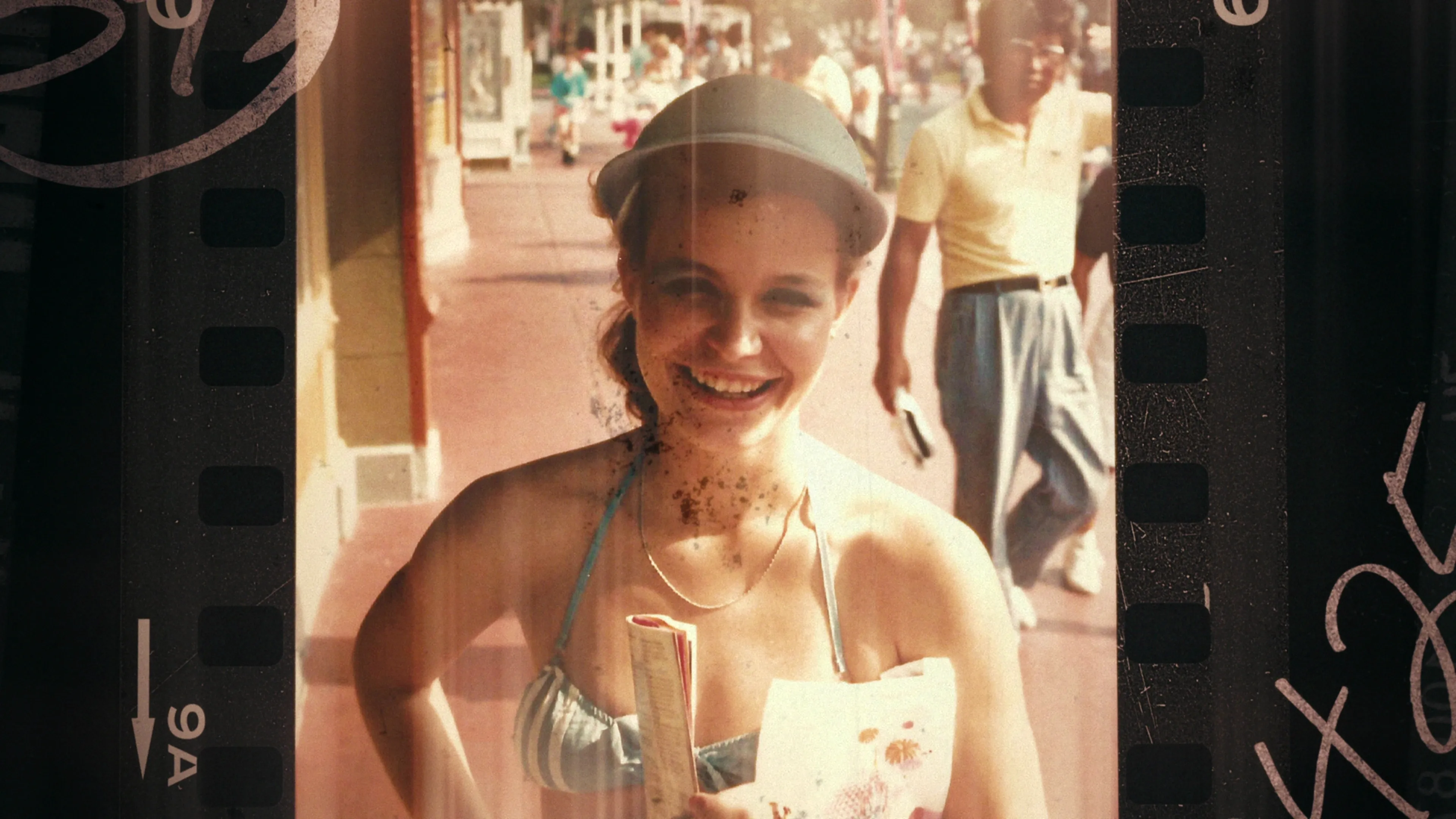 |
| Netflix |
With “Girl in the Picture,” Netflix has done it again, proving its space in the true crime genre is far from fleeting. The story of a woman whose identity remains a lingering mystery is one of the most horrifying, explosive, and oddly inspiring the genre has witnessed. So, who better than Skye Borgman to help tell Tanya Hughes aka Sharon Marshall aka Suzanne Sevakis’s story?
In case you need a refresher, Borgman directed “Abducted in Plain Sight,” which became a sleeper hit phenomenon on Netflix when it premiered in 2019. That story also centered on a stranger than fiction yet all-too-true tale that befell an unsuspecting family. The twists and turns in that unpredictable case proved as wrenching as it was mind-boggling.
“Girl in the Picture” shares those traits with “Abducted in Plain Sight.” Unlike the latter documentary, I came into “Girl in the Picture” familiar with Tanya Hughes/Sharon Marshall/Suzanne Sevakis’s tragic story. It was featured in a remarkably in-depth “20/20” episode. The news magazine’s coverage provided a lot of information covered in this new Netflix doc.
What is it about, exactly? At the time of her death, she was known as Tanya Hughes. Hughes’ suspicious death in Oklahoma City was a mystery in its own right when the young mother died in a supposed “hit and run accident” in 1990. What happened afterward would only deepen the rabbit hole. Tanya’s best friends and co-workers learned that she lived under an alias, and it was not her only one.
What seemed like a task for “Unsolved Mysteries” soon became a case for the FBI. Tanya Hughes, aka Sharon Marshall’s true identity, stumped an elite FBI special agent. If you have watched “The Blacklist,” you know how difficult that is to have happened. Before long, the young mother’s identity would unmask the harrowing truth behind her much older husband and their life together as the fate of Tanya’s son hangs in the balance.
Truth be told, “Girl in the Picture” could probably have spanned a three-episode limited series, at the least. There are a lot of missing puzzle pieces that neither the Netflix feature nor “20/20” is entirely able to put into place. Many people interviewed for “Girl in the Picture” were featured in the “20/20” episode.
To its credit, adding many other faces helps flesh out Tanya/Sharon’s story to a much better effect in the Netflix movie. It is a chilling story that Skye Borgman weaves viewers through with the aplomb of documentary legend Erroll Morris.
As Morris has painstakingly done in his career, Borgman gently threads the needle in this top-tier portrait. It is far from a distant snapshot. “Girl in the Picture” is careful to be informative without ever running the risk of being exploitative. That is probably true crime’s top critique, which makes its viewers all the shyer to share their interest in it with the world.
“Girl in the Picture” proves why their interest can pay off in providing answers and closure to victims’ families. Of course, how viewers feel about those at the center of the victim’s family tree is a pivotal part of the story, as they did in Skye Borgman’s previous effort.
Whether or not viewers find themselves as troubled by certain branches of the Sevakis family tree as they were in “Abducted in Plain Sight,” one aspect remains clear. There are missing pieces to the puzzle “Girl in the Picture” fails to mention, and it is unclear why it chose to do so.
For instance, it does not make it obvious to the audience that baby Michael and the baby Sharon/Tanya/Suzanne had in high school were not the same children. Why not make that clearer? And why not delve deeper into the other shocking truths about her biological family that writer Matt Birkbeck tirelessly documented? When in doubt, allow a limited series to sort it out, Netflix.
Comments
Post a Comment